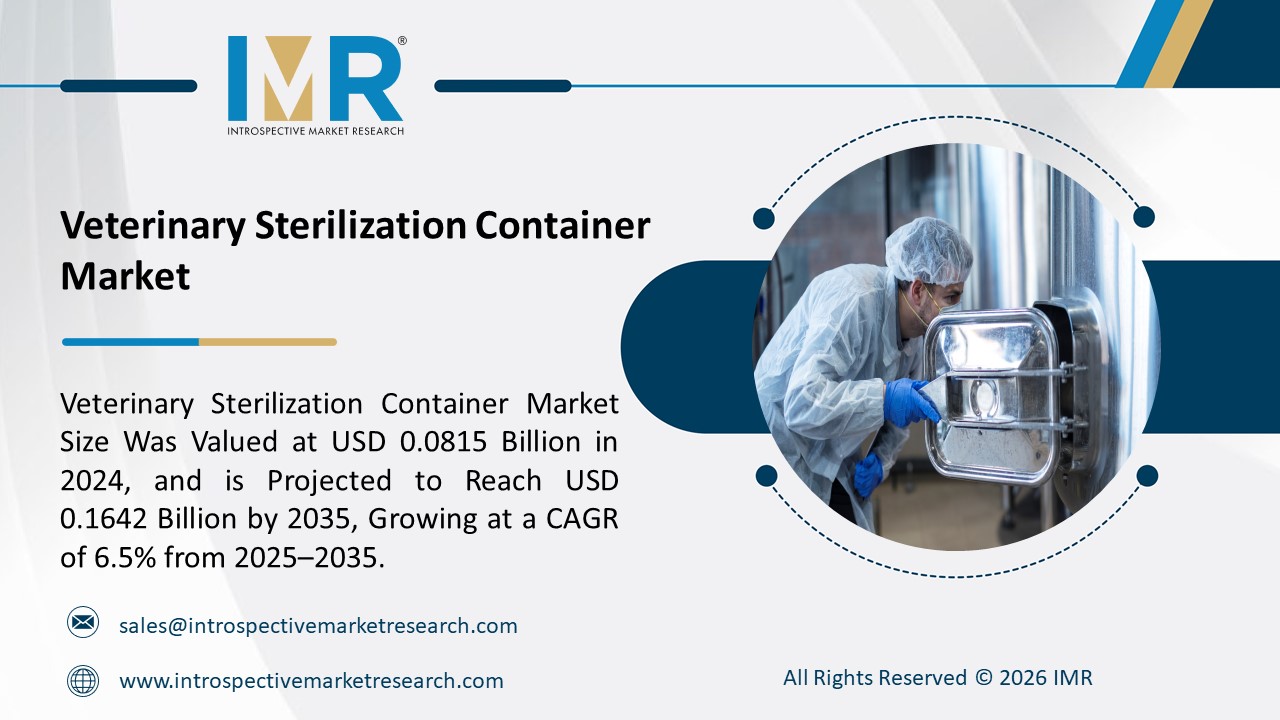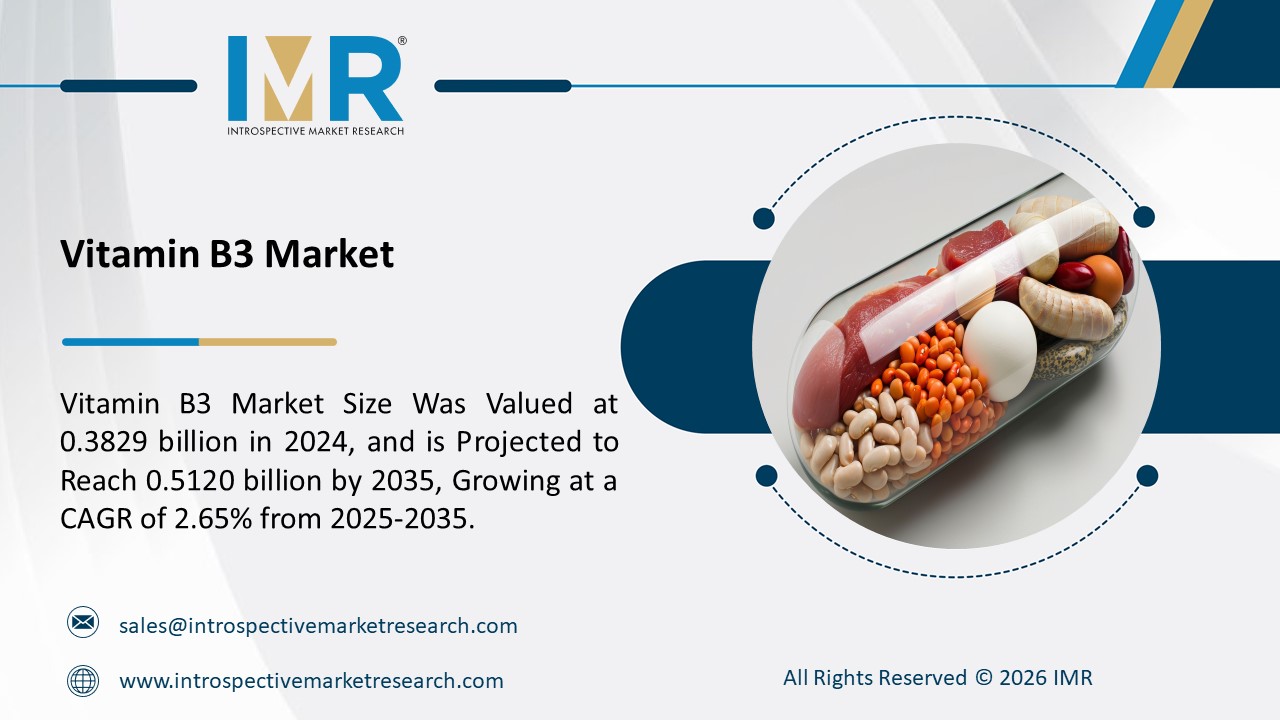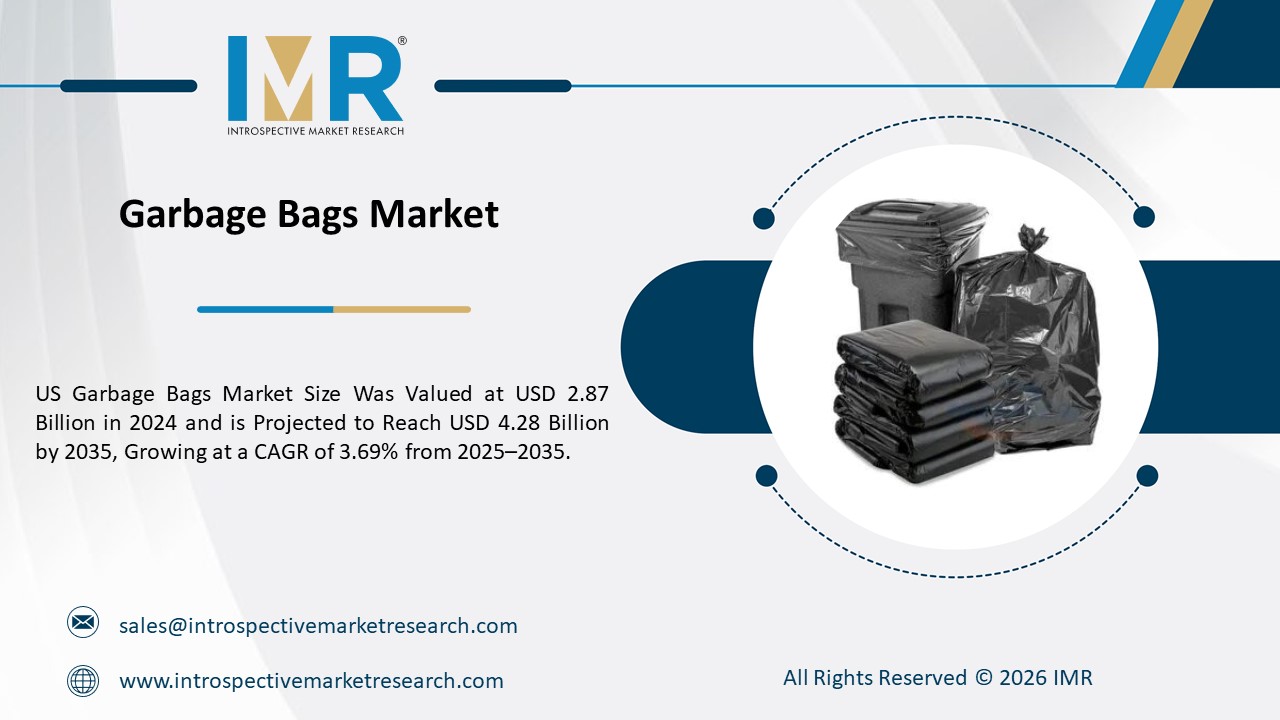Hydrogen Storage Market Synopsis
According to a new report published by Introspective Market Research, titled, ?Hydrogen Storage Market by Storage Form, Storage Type, End Users, and Region: Global Opportunity Analysis and Industry Forecast, 2024?2032,?
Global Hydrogen Storage Market size was valued at $ 1.45 billion in 2023, and is projected to reach $ 9.34 billion by 2032, registering a CAGR of 23% from 2024 to 2032.
Hydrogen can be stored either as a liquid or a gas. Storing hydrogen gas usually requires high-pressure tanks, while storing hydrogen liquid typically requires freezing conditions to prevent it from turning into a gas again. Hydrogen can be stored within a solid material or on its surface. Hydrogen in liquid form can be frozen to store it. To avoid the liquid hydrogen transforming into a gas again, which occurs at -252.8?C, it is essential to maintain low temperatures. Liquid hydrogen provides greater energy density compared to gaseous hydrogen, but the cost of heating it to the required temperatures can be high.
To avoid evaporation when heat is transferred into liquid hydrogen through conduction, convection, or radiation, insulation is necessary for cryogenic liquid hydrogen storage tanks and facilities. Despite the challenges, there is a high demand for liquid hydrogen in applications requiring high levels of purity and it is used in space travel.
The main application of hydrogen gas is in oil refineries, where it is primarily utilized to remove sulfur from fuels such as gasoline and diesel, which are used for transportation purposes. The demand for hydrogen will significantly rise with the increasing consumption of sour and heavier crude oil worldwide. The growing demand for hydrogen is leading to an increase in merchant sources due to challenges in current production capacity. The request for fuels that have minimal emissions demonstrates the heightened worry of the public regarding environmental issues, specifically climate change. The combustion of traditional fossil fuels such as coal, oil, and natural gas emits greenhouse gases (GHGs) like carbon dioxide (CO2) into the air, contributing to climate change and causing adverse impacts such as higher temperatures, severe weather events, and rising sea levels.
The heightened search for cleaner energy sources has been driven by the increasing worldwide focus on climate change and the imperative to decrease greenhouse gas emissions. Alternative options like hydrogen, natural gas, and biofuels are considered feasible replacements for traditional fossil fuels such as coal and oil, which are major contributors to carbon dioxide emissions.
Hydrogen serves as a clean energy carrier since it only produces water vapor when utilized in fuel cells or combustion engines. This makes it a compelling choice for cutting down on greenhouse gas emissions in the transportation industry, which plays a significant role in global emissions.
Hydrogen possesses a significant energy density, allowing for the storage of a considerable amount of energy in a compact space or weight. This is essential for tasks such as long-distance electric vehicles (EVs) and heavy-duty transportation, where limitations on space and weight are important. The transportation sector is now a significant contributor to carbon emissions as the world grapples with the pressing necessity to reduce greenhouse gas emissions and address climate change. Hydrogen is gaining more attention as an environmentally friendly and renewable energy option for transportation. Storing hydrogen is a vital part of utilizing hydrogen because it is necessary to make this promising energy source feasible for various applications.
Global Hydrogen Storage Market, Segmentation
The Hydrogen Storage Market is segmented based on storage form, storage type, end user, and region.
Storage Form:
The storage form segment is further classified into Physical and Material-Based. Among these, the Physical sub-segment accounted for the highest market share in 2023. Compression and liquefaction provide greater energy density than chemical or solid-state storage for hydrogen storage methods. This implies that a smaller volume can hold a greater amount of hydrogen, making it ideal for situations with limited space like vehicle storage on board. Solid-state and liquid-state methods of storing hydrogen are frequently regarded as safer than storing it in its gaseous form. Storing hydrogen in liquid form or solid materials helps prevent leaks and accidental releases, which is important for maintaining the safety of hydrogen-based technologies. The improved safety features are especially crucial for hydrogen-fueled cars and infrastructure.
Storage Type:
The storage type is further classified into Cylinder, Merchant, On-Site, and On-board. Among these, the Cylinder sub-segment is anticipated to show the fastest growth by 2032. The storage of hydrogen is a complicated area, with various methods being appropriate for various uses. Cylinders can enhance other storage techniques such as liquid hydrogen or solid-state storage by providing versatility in terms of capacity and refueling. Cylinders are a proven and straightforward way to contain compressed gases. Hydrogen cylinders can comply with stringent safety regulations, making them a feasible choice for storing hydrogen in a small and portable manner. Hydrogen gas is combined with argon in the metalworking sector for plasma and tungsten inert gas (TAG) welding. In electronics, hydrogen gas is utilized for lithography, purging, and cooling generators.
Region:
The Hydrogen Storage Market in Asia-Pacific is projected to show the fastest growth by 2032. Hydrogen storage is seeing notable growth in the Asia-Pacific (APAC) region. Numerous APAC countries, such as Japan, South Korea, China, and Australia, have pledged to achieve aggressive decarbonization targets and are actively pursuing cleaner energy sources to lower their carbon emissions. Hydrogen is considered an important factor in reaching these objectives since it can be generated from sustainable sources and utilized as a clean energy transporter. The APAC region contains some of the planet's biggest renewable energy sources, such as solar and wind. These materials can be utilized for the production of green hydrogen by methods such as electrolysis, where water is separated into hydrogen and oxygen through the use of electricity from sustainable sources.
Some of The Leading/Active Market Players Are-
- Air Liquide (France)
- Linde plc (Ireland)
- Praxair Technology Inc. (U.S.)
- Worthington Industries (U.S.)
- McPhy Energy S.A. (France)
- Luxfer Holdings PLC (U.K.)
- Hexagon Composites ASA (Norway)
- H Bank Technologies Inc. (Taiwan)
- Inoxwind (India)
- VRV S.r.L. (Italy) and Other Active Players
Key Industry Developments
- In April 2024, Hexagon Purus, a top global producer of hydrogen storage systems and eco-friendly mobility solutions, was awarded a contract valued at around EUR 3.8 million from HPS Home Power Solutions AG, a German company known for offering sustainable energy storage systems utilizing green hydrogen.
- In March 2024, BAM is collaborating with four European partners in the NICOLHy project to investigate novel liquid hydrogen storage tank designs. The concept of VIP thermal insulation is being tested for hydrogen storage for the first time. The project consortium, consisting of BAM, the University of Bologna, the German Aerospace Center, the Norwegian University of Science and Technology, and the National Technical University of Athens, is involved in the testing.
Key Findings of the Study
- The global Hydrogen Storage Market was valued at $1.45 billion in 2023 and is projected to reach $9.34 billion by 2032, with a CAGR of 23% from 2024 to 2032.
- Physical hydrogen storage (compression and liquefaction) holds the largest market share due to higher energy density and safety.
- The Asia-Pacific region is anticipated to experience the fastest market growth due to aggressive decarbonization goals and the use of renewable energy sources for green hydrogen production.






